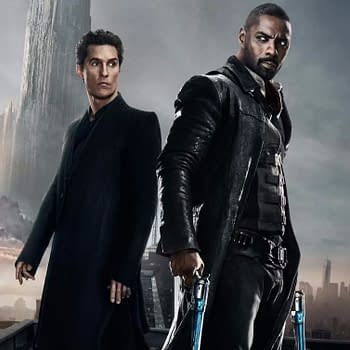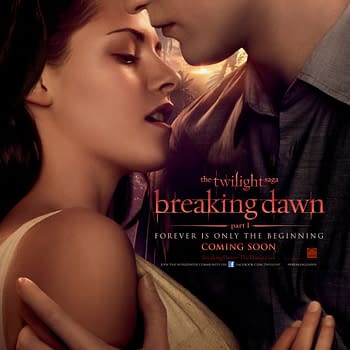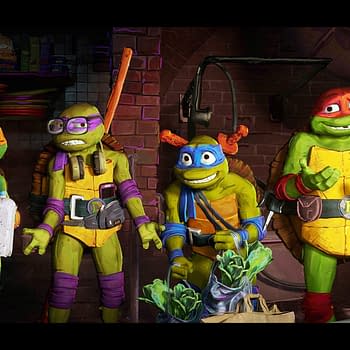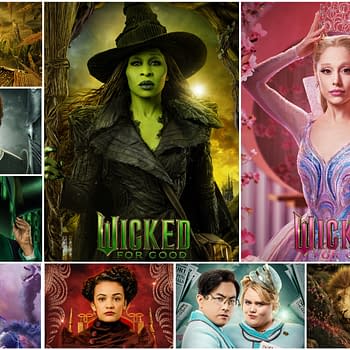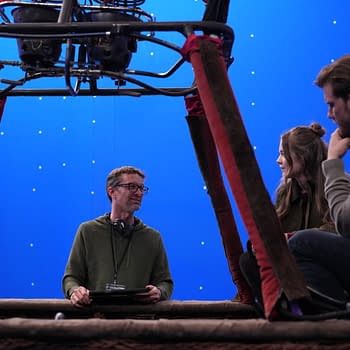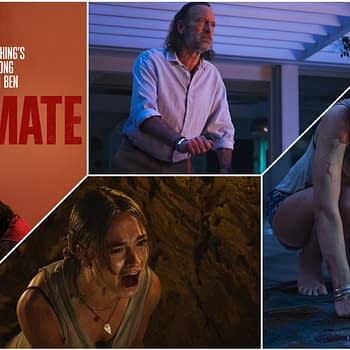Posted in: Movies, Warner Bros | Tagged: F1, film, jerry bruckheimer, Warner Bros
Jerry Bruckheimer: Why Authenticity Was Essential For F1: The Movie
Jerry Bruckheimer reveals why access to Formula 1 was essential for F1: The Movie and explains how real racetracks, teams, and drivers made the film.
Article Summary
- Jerry Bruckheimer insists on realism for F1: The Movie, forging a partnership with Formula 1 itself.
- Filming took place on real racetracks during Grand Prix weekends, using real teams and drivers.
- Authentic race footage features Brad Pitt and Damson Idris in specially designed race cars.
- Exclusive F1 access delivers unprecedented speed, danger, and drama straight to cinema audiences.
When it comes to blockbuster filmmaking, Jerry Bruckheimer has built his career on spectacle that feels grounded in reality, from Top Gun's fighter jets to Pirates of the Caribbean's swashbuckling set pieces. With F1: The Movie, his latest production starring Brad Pitt and Damson Idris, Bruckheimer says focusing on the film's sense of realism and authenticity was non-negotiable, and that meant forging an unprecedented partnership with Formula 1 itself. Now, during a conversation with Collider, Bruckheimer explained why gaining full access to the world of F1 was critical to the project.
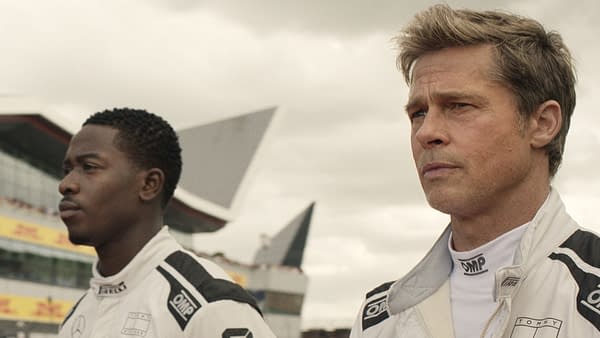
Jerry Bruckheimer Says F1: The Movie Required a Proper Partnership with Formula 1
"I think the only way we were going to make the movie, and Apple wanted to make the movie this way, is to be on the real racetracks," he tells the outlet. "In other words, we had to make a deal with F1, the governing body. We had to go through all ten teams, all 20 drivers. We showed them how we were going to make the movie. We had a reel from Top Gun: Maverick and how we did the planes, and then we showed them how we'd insert our car into their races."
The result was a production that blended Hollywood storytelling with real-world F1 action. Cameras were placed inside cars, along the track, and in the middle of the paddock, giving audiences a perspective that no staged set could replicate. And, for Bruckheimer, the only way to capture the intensity of Formula 1 was to immerse the film directly in the sport's environment, something that required unprecedented cooperation from teams, drivers, and the governing body.
That partnership allowed F1: The Movie to film during actual Grand Prix weekends, with Pitt and Idris driving modified F2 cars designed to look like F1 machines. The authenticity of the shoot not only heightened the film's capacity for realism but also gave audiences a visceral sense of speed, danger, and drama that mirrors the real thing. And, just as Bruckheimer put it, there was never another option: to make F1: The Movie work, it had to be the real thing. Do you think it paid off?
F1: The Movie is available via digital platforms now.





